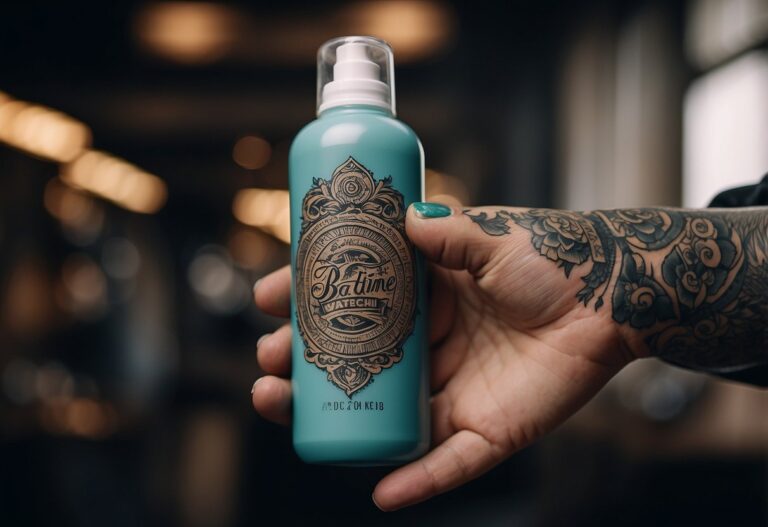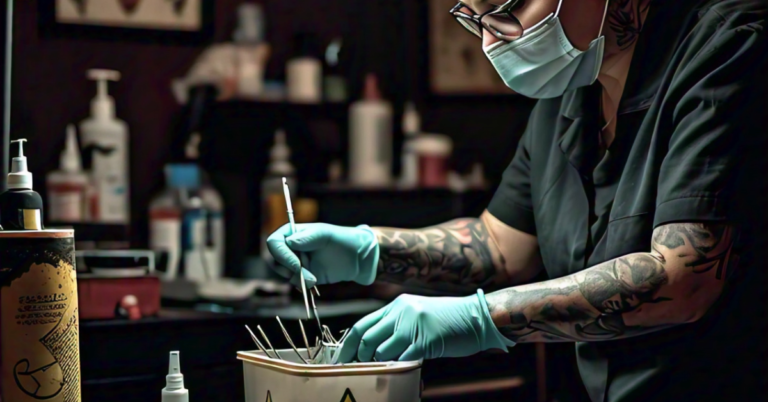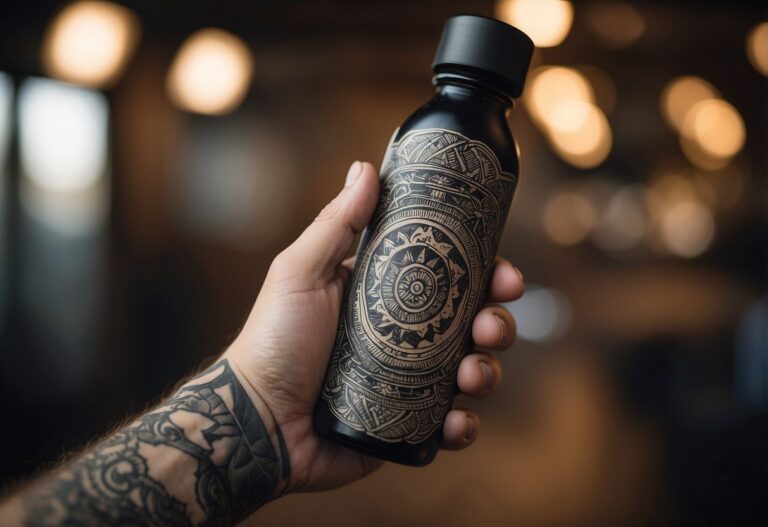Does Red Light Therapy Fade Tattoos? Uncover the Truth Here
If you’re someone with tattoos and thinking about trying red light therapy, you might wonder if it will affect your ink. The big question is: does red light therapy fade tattoos? The straightforward answer is no. Red light therapy operates on a different part of the light spectrum compared to the UV rays from the sun or tanning beds that are known to fade tattoos.
Unlike laser tattoo removal, which uses powerful bursts of light to break down tattoo pigments, red light therapy is more gentle. It works steadily and is used more for its benefits like healing skin conditions, reducing joint pain, and even improving sleep disorders. So, if you’re concerned about your tattoos, this therapy is not something you need to worry about harming your body art.
It’s always a good idea to follow professional advice on how to care for your tattooed skin. Red light therapy can be used a few times a week without fear of losing your tattoos. Dive deeper into the article to learn more about how red light therapy works and why it’s a safe choice for those with tattoos.
Key Takeaways
- Red light therapy does not fade tattoos.
- This therapy is gentle and different from methods like laser tattoo removal.
- Consulting professionals ensures safe use on tattooed skin.
Understanding Red Light Therapy and Tattoos
Red light therapy (RLT) is a popular treatment for various skin issues. But can it really fade tattoos? Let’s break down how RLT works and its potential impact on your ink.
The Science Behind Red Light Therapy
Red light therapy uses low-level wavelengths of red light to penetrate the skin and trigger biological effects.
It is believed to work on a cellular level, particularly in the mitochondria, which are often called the powerhouse of our cells. This stimulation can lead to increased collagen production and improved wound healing.
Red light therapy is sometimes called photobiomodulation. Unlike UV light, which can damage the skin, RLT is safe and non-invasive.
How Tattoos React to Different Wavelengths
Tattoo ink reacts differently depending on the light’s wavelength. UV radiation from the sun or tanning beds can break down the ink pigments, causing colors to fade or blur.
Red light therapy, however, uses a different part of the light spectrum. The steady wavelengths used in RLT are less intense than those used in laser tattoo removal, which operates in short bursts to break down ink particles effectively.
Potential Effects of RLT on Tattoo Pigments
Some suggest that RLT might help fade tattoos over time by targeting the tattoo pigments with specific wavelengths. This light may slow the tattoo aging process or even break down the pigments slowly.
However, the effectiveness of RLT for tattoo fading is not guaranteed. While it might be a safer and non-invasive alternative to laser tattoo removal, it requires more research to fully understand its impact. 💡
Using RLT for skin benefits like collagen production and wound healing might still appeal to you, but keep your expectations realistic regarding its tattoo-fading ability.
Safety and Aftercare Considerations
When considering red light therapy (RLT) for tattoos, it’s important to understand the possible side effects, proactive aftercare steps, and common myths. Knowing these can help ensure your tattoos stay vibrant and healthy.
Navigating Potential Side Effects
Red light therapy is generally safe but can have some side effects. Common issues include mild skin redness, dryness, or slight irritation. These effects are typically temporary.
Sensitive skin conditions, like rosacea or acne, may react more strongly. Always start with shorter sessions to see how your skin responds. If you experience pain, swelling, or excessive redness, stop the therapy and consult a healthcare provider.
Key points:
- Redness and irritation: Mild and usually short-lived.
- Skin conditions: Be cautious if you have acne or rosacea.
- Serious side effects: Rare but include pain and increased swelling.
Proactive Aftercare for Tattooed Skin
Proper aftercare is essential for tattooed skin, especially when using RLT. Keep the area clean to prevent infection. Applying a gentle, unscented moisturizer helps keep the skin hydrated. Let’s break it down:
- Cleanliness: Wash the tattoo with mild soap and water.
- Moisturizing: Use fragrance-free lotion to prevent dryness.
- Sunscreen: Always use SPF 30 or higher to protect the tattoo from sunlight.
Avoid picking at scabs and be cautious about exposing the tattoo to direct sunlight or harsh weather conditions. Good aftercare promotes faster healing, reduces scarring, and keeps colors bright.
Myths vs Facts: RLT for Tattoo Maintenance
Myth: Red light therapy will fade your tattoo.
Fact: RLT helps with pain relief and skin healing by boosting blood flow and decreasing inflammation. It doesn’t cause tattoos to fade if used correctly.
Myth: RLT is a cure-all for skin issues.
Fact: While it helps with skin rejuvenation, scars, and recovery, it’s not a replacement for other skincare routines. Discuss all treatments with your tattoo artist.
Red light therapy is also beneficial for reducing redness and swelling post-tattoo. It’s crucial to balance therapy with traditional tattoo aftercare practices to maintain the tattoo’s longevity and vibrancy.
In summary, with proper understanding and precautions, RLT can be a helpful tool for tattoo aftercare, supporting healing and maintaining the tattoo’s appearance.







